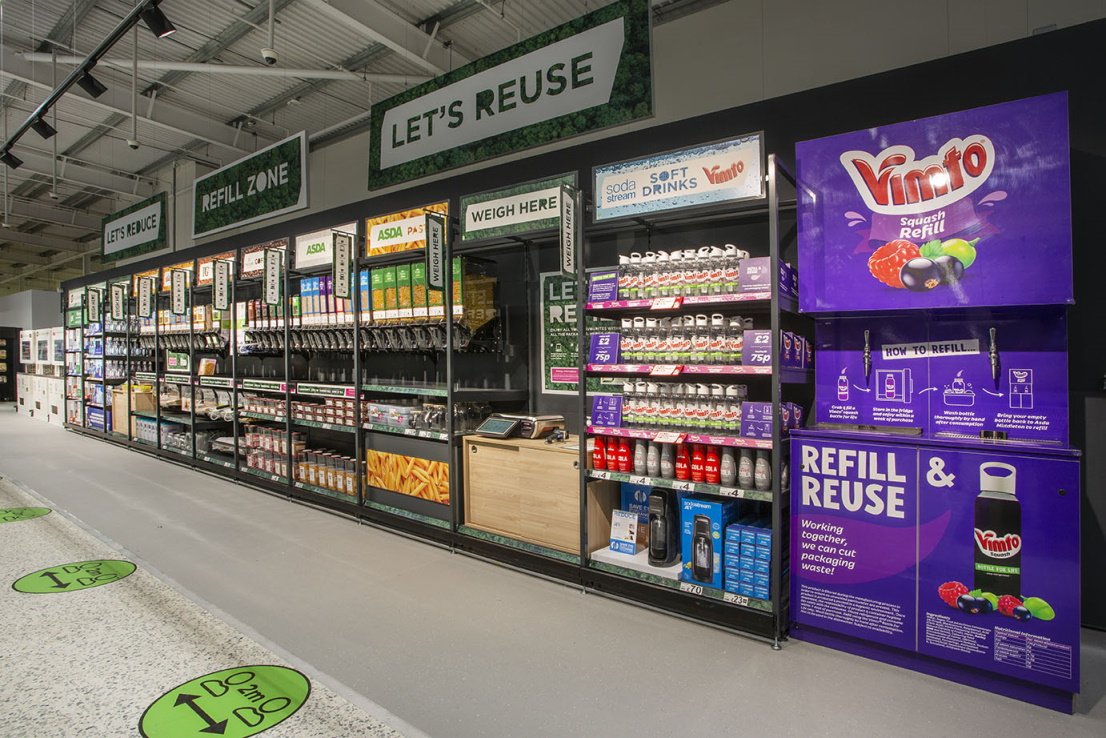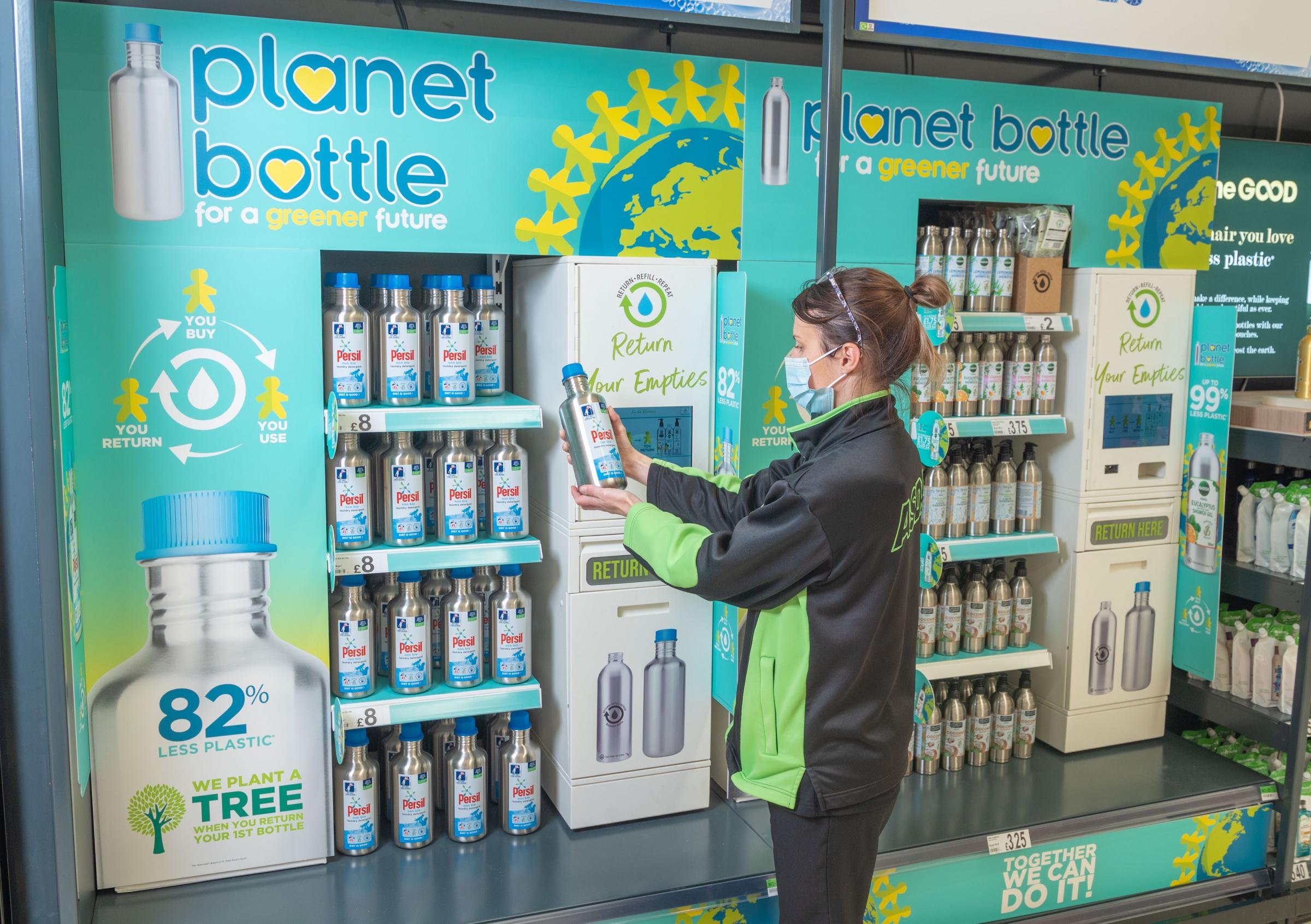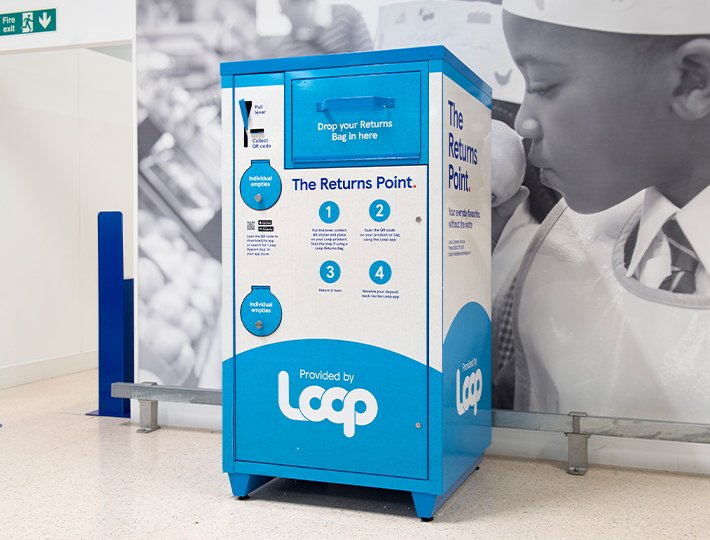Sustainable consumerism: is that possible?
We live in times where everyone is looking back at days gone by: people, companies, non-profit organisations, and even maybe governments. We are looking back at ideologies, human & business behaviour, lifestyle trends, and design tendencies. Why? Well there many reasons, I am sure, but the one I am certain about is to understand how our current lifestyle is affecting the planetary sustainability, and what we can do to revert the tendency. We are 7.7 billion inhabitants today, against 2.5 billion in 1950. The population has rapidly scaled up, alongside consumer goods production to supply the eager demand.
The planetary sustainability is at risk; and the reason why? Population consumerism and the machinery to support and feed it. So, is it really possible to develop a more conscious consumer behaviour and still call it that way? As it depends on the fact that we should buy, dispose of, buy again, dispose and so on and so forth, creating more and more waste.
The "buy loose" or "buy in bulk" stores are now a trend to reduce groceries packaging material waste, such as plastic, cardboard, or glass. But like any other trend, they target a niche within the consumer spectrum, but this new trend carries a heavy tag, as all these goods are more expensive. Therefore, I am in two minds, because if you are pushing consumer behaviour towards reducing single-use waste, why would you not make your business and product accessible to everyone?
Traditional non-branded buy in bulk cereals station.
Some retailers are already looking into this trend, and there are some test runs being launched in different cities, so you might run into one of the following layouts soon (?).
Branded re-fill stations in Asda, UK.
Unilever multi-brand re-fill station in ASDA store Leeds.
Multi-brand bottle return station in ASDA store York .
From a branding perspective, these stations from ASDA in the UK look like a great solution: you can buy in bulk your cereal, coffee, loose tea, etc. from your favourite brand. But, although I love the idea, I have one big caveat as a packaging designer. When you buy in bulk or loose the connection the packaging creates between the brand and the consumer is lost. Why? Well, because the bag or container the consumer would use would not branded (bear in mind that some supermarkets are encouraging their customers to bring their own tupperware to fill them in-store). The customer journey as we know it has changed. Could then the manufacturers create a “re-fillable” container for their brands? Would you buy a Kellogg's branded container to take any of the Kellogg's cereals back home? Would that work in the same way as today's packaging? I am not so sure. Well, yes, you will keep the brand experience all the home, but it would be different to what we are used to today. Imagine the scenario where you are at the supermarket, and next to your usual cereal station you find a new brand and want to try it. Probably many people (if not most) would use the container they are carrying (the branded one) to fill it up with this new product. What a mess we have now; your consumer has your branded container with your competitor's product. We are definitely facing a change in the consumer's journey, and regardless of my previous thoughts, so far, these branded stations are probably the best schemes for sustainability and brand experience to date.
Following the concept of the branded container other market sectors like home care are trying a “re-fill” or return station like in the image below. It is something similar to the soft drinks glass bottle returning system from years ago. Back then, you would buy a soft drink and return the empty bottle at the shop (otherwise you would be charged for the bottle), and this bottle would go to the distributor who would wash and refill it, to then send it to the store back again.
Unilever is using these return stations based on the same principles. The idea is that you buy an aluminium bottle with your favourite laundry detergent or your shower gel, and then you return it to create a "buy-use-return-re-reuse system". Nobody is re-inventing the wheel here, but it could help reduce the amount of single-use plastic we consume. Recycling materials has its limits: it burns too much CO2 in the process, and not every material is 100% recyclable, especially plastic.
Tesco has partnered up with Loop to reduce its carbon footprint. Loop is working with some well-known brands to produce reusable packaging. With a test run launched in some Tesco stores in the UK, the consumer will return all of their empty containers in a Loop Return Bag. From the Loop Return Point, the bag is collected, and then all containers will be cleaned and re-filled professionally. Finally, these will return to the stores for the next customer (find out more here: exploreloop.com/Tesco). If you don't have their bag, it is not a problem, you can take a QR code sticker from the station and sick it onto your packaging and then use the Loop app to scan the code before dropping it at the return point.
The Tesco/Loop Return bag and some brand’s re-fill packaging.
I was really amazed when I found out about this recycling system. Not only from an environmental point of view, but also because the brand experience not only remains intact, it's actually augmented. The fact that you are returning your beloved brand packaging to be reused, gives it meaning beyond its original brand's purpose; the brand makes real it stands for sustainability.
The Tesco/Loop Reuse station.
The Loop Return station.
But I do wonder what solution we could find for fresh products. All fruits and vegetables don't need packaging; they could be bought loose. The UK is catching up with this by retiring all plastic bags on fruits and vegs. In some European countries like Spain, in most cases fruits and vegs are plastic-free. Admittedly, some products are still wrapped in plastic, like the ready-to-eat vegetables; still, probably some other sustainable material could be found, like biodegradable or paper bags, for instance?
In the European continent, fresh produce counters are still a vital part of the supermarkets, and people go to them because they rely on the butcher or baker's recommendation, just like in the old times. It seems like a more sustainable approach, like the "buy in bulk" stores. But how could brands compete if counters replaced all shelves showing packaged goods to create a more sustainable buying experience? Maybe we will end up having branded counters instead? Like for example a counter by Birds Eye selling unpackaged frozen fish. They would probably take too much space, leaving none to the small players in the competition. Maybe the counters could hold different branded products, but then, buying one or the other will depend on the assistant's recommendation. And on the other side, none of these products have their own packaging, so again, the customer journey experience is disrupted or missing.
On "The Grocer" site, I have read that supermarket counters are actually going out of fashion in the UK. Retailers like Tesco and Asda are reducing their counters or their in-house bakeries to replace them with a new food-to-go scheme with alliances with big brands like Greggs and Sushi Daily, for example. The reason: people have less time to cook, they don't approach the counters in the supermarkets, and therefore, it results in fewer sales for the retailers. The downside of this scheme is that we will probably have lots of single-use packaging going into the dumpster. And if this became the norm, local producers won't have a place because, of course, they won't have the resources to apply for a space in the supermarket.
Sushi Daily fresh counter in ASDA supermarket.
There is still a long path to reduce our carbon footprint, the waste we create as consumers, and the companies that sell the products. There are so many different ideas on the market and they differ depending on the country, of course, each culture have they own history and ways; but more and more solutions are appearing, and some look pretty fascinating.
Let’s talk
From brand creation to brand extension, from packaging design to point of sale communication. Whether you are thinking to launch a new brand or redesigning your existing one, I am here to help you in that journey. Click here, and send me your brand. I will give you a complete analysis of its performance, and let you know what would work best for your brand.
Or simply book a free intro session here to discuss your project and see how can I help.
Looking foward to hearing from you













